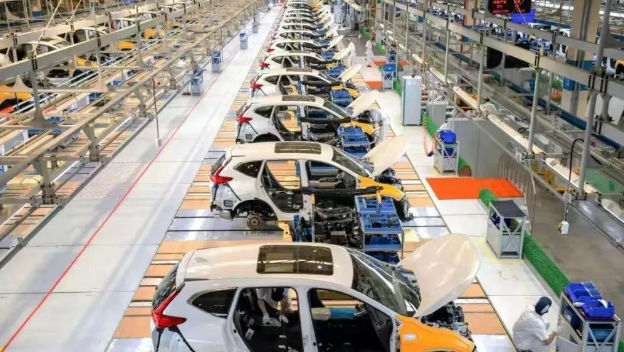Strong Plasticity Analysis of Advanced High Strength Steel
IF steel in the first generation of automotive steel is a low-strength steel with an elongation of up to 50%. It has extremely excellent deep drawing properties, and the yield and tensile strength of the steel plate will not increase significantly over time. , or tensile strain marks (slip lines) appear during stamping, often used in engine oil pans.
.png)
The second generation of advanced ultra-high strength steel TWIP steel has a single austenite structure and a small amount of annealed twin structure austenitic steel at room temperature. The strength can reach 1600MPa, and the elongation after fracture reaches more than 65%. It has excellent Strength and ductility, good wear resistance and corrosion resistance. Because it has a high Mn content (12%-30%) and is twice as strong as traditional high-strength steel, this steel type can be used to improve the collision safety performance of automobiles and has received widespread attention in the automobile manufacturing industry. Compared with the previous two generations of steel, although IF steel has extremely excellent deep drawing performance, its surface is prone to defects such as blistering and lines. Although TWIP has excellent mechanical properties, there are great technical problems in the smelting and casting process of this steel.

In 2009, the third-generation automotive steel with high strength and high plasticity was successfully developed in the laboratory by China Steel Research Technology Group.
The tensile strength of the third generation automotive steel has increased by 300% compared to the first generation, and the elongation can reach 35%. However, the alloy content used is less than 1/3 of the second generation automotive steel, and its cost is only slightly Higher than first generation
automotive steel.
.png)
